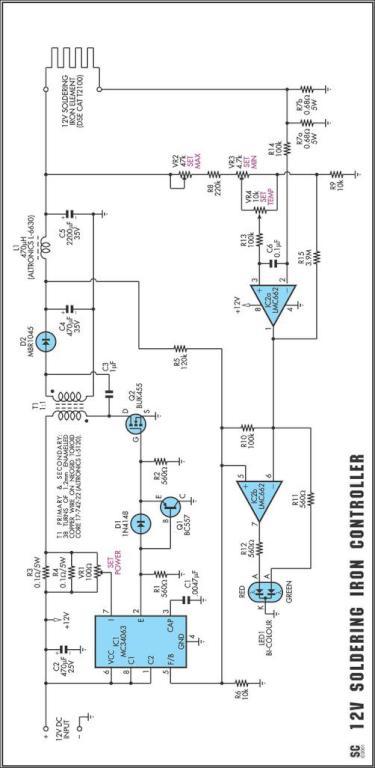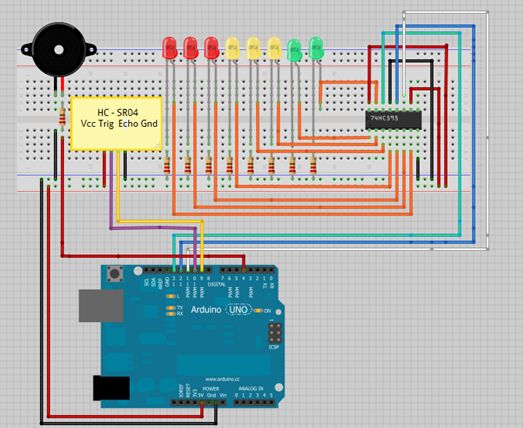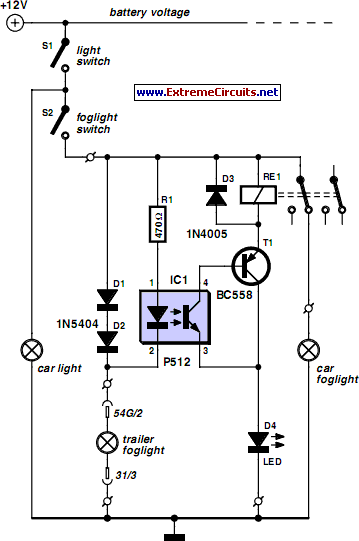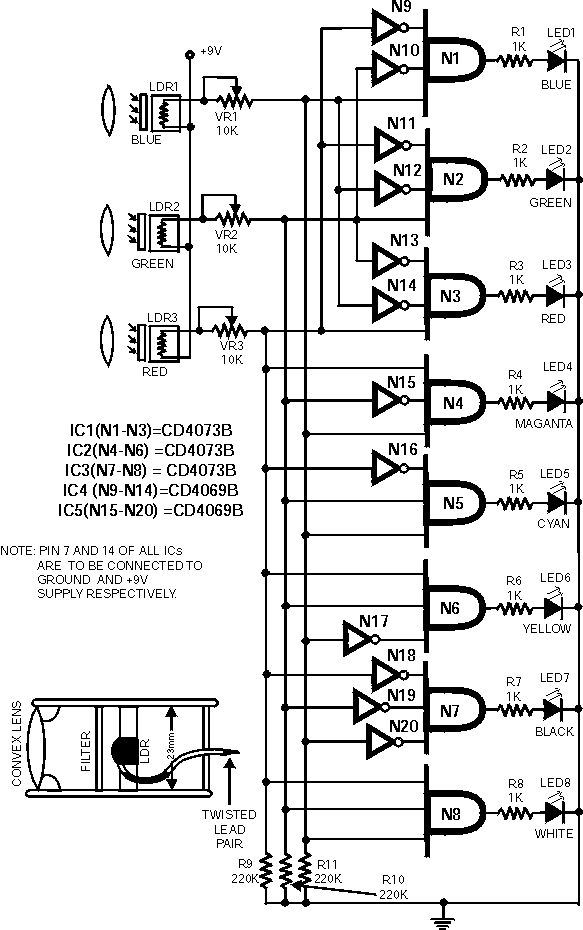
2N222 Transistor As Temperature Sensor

This is a simple electronic thermometer circuit. It is an inexpensive circuit because the probe or sensor used in this circuit is a 2N2222 silicon transistor.
The electronic thermometer circuit utilizes the 2N2222 silicon transistor as a temperature sensor. The operation of this circuit is based on the principle that the base-emitter voltage of a bipolar junction transistor (BJT) varies with temperature. In this design, the 2N2222 is configured in a way that allows it to operate effectively as a temperature sensor.
The circuit typically includes a few key components: the 2N2222 transistor, a resistor for biasing, and a voltmeter or microcontroller for reading the output voltage. The output voltage from the transistor is proportional to the temperature, allowing for accurate temperature measurement.
To construct the circuit, the 2N2222 transistor is connected with its collector to a positive voltage supply, while the emitter is connected to ground through a resistor. The base of the transistor is connected to a reference voltage, which can be adjusted for calibration purposes. The voltage drop across the resistor is measured to determine the temperature.
The simplicity and low cost of this circuit make it suitable for various applications, including educational projects, DIY electronics, and basic temperature monitoring systems. Proper calibration is essential for achieving accurate temperature readings, and this can be accomplished by comparing the output voltage with a known temperature standard.
Overall, this electronic thermometer circuit represents an effective solution for temperature measurement using readily available components.This is a simple Electronic thermometer circuit. This is a inexpensive circuit because probe or sensor that is used in this circuit is 2N2222 silicon . 🔗 External reference
The electronic thermometer circuit utilizes the 2N2222 silicon transistor as a temperature sensor. The operation of this circuit is based on the principle that the base-emitter voltage of a bipolar junction transistor (BJT) varies with temperature. In this design, the 2N2222 is configured in a way that allows it to operate effectively as a temperature sensor.
The circuit typically includes a few key components: the 2N2222 transistor, a resistor for biasing, and a voltmeter or microcontroller for reading the output voltage. The output voltage from the transistor is proportional to the temperature, allowing for accurate temperature measurement.
To construct the circuit, the 2N2222 transistor is connected with its collector to a positive voltage supply, while the emitter is connected to ground through a resistor. The base of the transistor is connected to a reference voltage, which can be adjusted for calibration purposes. The voltage drop across the resistor is measured to determine the temperature.
The simplicity and low cost of this circuit make it suitable for various applications, including educational projects, DIY electronics, and basic temperature monitoring systems. Proper calibration is essential for achieving accurate temperature readings, and this can be accomplished by comparing the output voltage with a known temperature standard.
Overall, this electronic thermometer circuit represents an effective solution for temperature measurement using readily available components.This is a simple Electronic thermometer circuit. This is a inexpensive circuit because probe or sensor that is used in this circuit is 2N2222 silicon . 🔗 External reference





